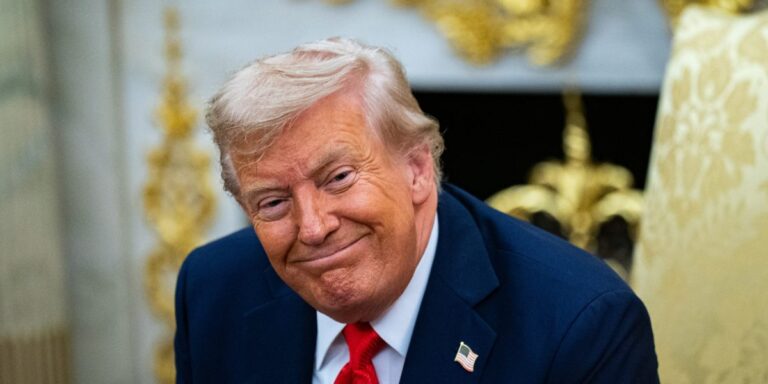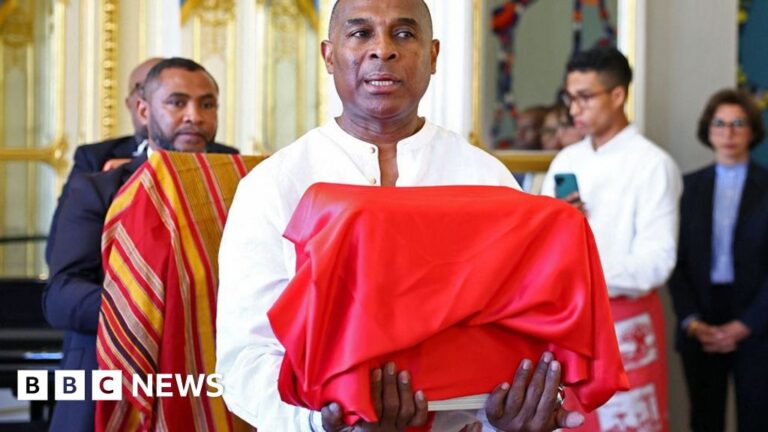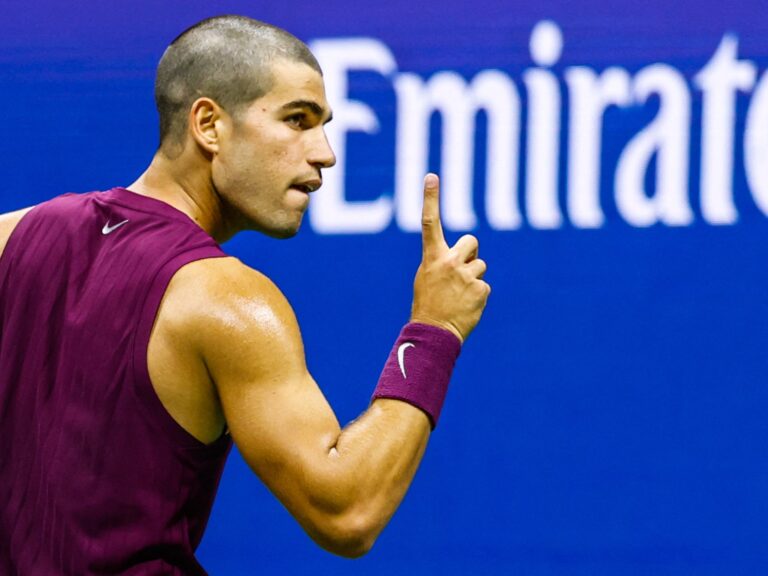As every year, this page has covered countless scientific and technological breakthroughs. And, like every year, there have been some that we have found particularly striking. As a recap of the main innovations of 2022, we have prepared a list of the inventions and developments that have enabled progress in areas such as desalination, offshore wind energy, or green hydrogen. Here they are without further ado:
- A new pyramid design boosted offshore wind energy
- A portable desalination unit the size of a briefcase
- The world’s largest wildlife bridge (and a salmon elevator)
- V2G Baleares: turning electric cars into home batteries
- Green hydrogen on two wheels, thanks to an innovative bicycle
- Architectural sunflowers in search of light
- Plastic bricks made from discarded bottles
- Traffic lights equipped with AI for traffic control
Do you like what you see? Download the PDF here
1. A new pyramid design boosted offshore wind energy
We have already devoted some articles to offshore wind energy. And no wonder: it is one of the fastest-growing renewable energies. As part of this revolution, we have witnessed the creation of new, more efficient designs. One of them was the offshore wind pyramids that can generate up to 25% more energy with greater durability. You have all the information in this article.
2. A portable desalination unit the size of a briefcase
We already know that desalination technologies, supported by renewable energies, will be a crucial ally in access to drinking water in this century. However, what surprised us as part of the innovations of 2022 was to see them applied in a miniature format. Specifically, a briefcase that uses solar energy to produce up to one glass of water per hour with twenty watts. You can read more about the portable desalination unit here.
3. The world’s largest wildlife bridge (and a salmon elevator)
We have often spoken of constructive and architectural innovations based on biomimetics or new, sustainability-driven materials. However, there are examples of infrastructures conceived from the outset to protect wildlife. This is the case of the world’s largest wildlife crossing being built in California to allow big cats and other species to cross a highway without being run over. Along the same lines, we also reported on an elevator for salmon that enables them to jump over a dam and swim upriver to spawn. You can read about both examples here.
4. V2G Balearic Islands: turning electric cars into home batteries
Even if the sun does not shine at night, households will still be able to use its energy thanks to an innovative solution. This is the approach of Vehicle to Grid or V2G technology, which puts the electric car at the service of households and the grid. You can read about one of the first European projects of its kind here. It will be implemented in the Balearic Islands and show the potential of V2G in a future with millions of electric vehicles operating as a massive battery network.
5. Green hydrogen on two wheels, thanks to an innovative bicycle
While technologies such as those mentioned above are crucial as large-scale sustainability solutions, there were more modest innovations in 2022 that will also do their bit. One example is the green hydrogen bicycle, which offers up to 180 miles of range and is refueled with green hydrogen generated by domestic solar panels. Stay tuned to see if its revolutionary design becomes a sustainable mobility solution for everyday life.
6. Architectural sunflowers in search of light
Integrating renewable energies in architecture has been a reality for a long time. However, some designs go a step further and make solar energy their raison d’être. That is the approach of the new sunflower-inspired buildings. They are carbon-positive and follow the sun on its path through the sky, thanks to a moveable roof. They will also include new ventilation solutions and collect rainwater for storage in a cistern.
7. Plastic bricks from discarded bottles
If this project in Idaho is successful, some of the plastic bottles you use in the future may be used to manufacture a park bench. This sustainable innovation involves shredding plastic waste to create plastic bricks for various applications. For now, 72 tons of plastic are being tested and used for street furniture. Check out this article to learn more about plastic bricks and other recycling technologies, such as the Trashpresso mobile recycler.
8. Smart traffic lights that adapt to traffic conditions in real time
Artificial intelligence has been featured in several of our annual recaps. And it’s no surprise, as it is a disruptive technology set to transform our world. In addition to curious advances such as an AI system to identify authors of paintings, there are other areas, such as urban mobility, where AI has a lot to say. Thus, among the main innovations of 2022, the use of artificial intelligence in traffic control should also be noted. Thanks to this type of technology, it will be possible to improve mobility in cities, reduce pollution and prevent accidents. For more information, read this article.












